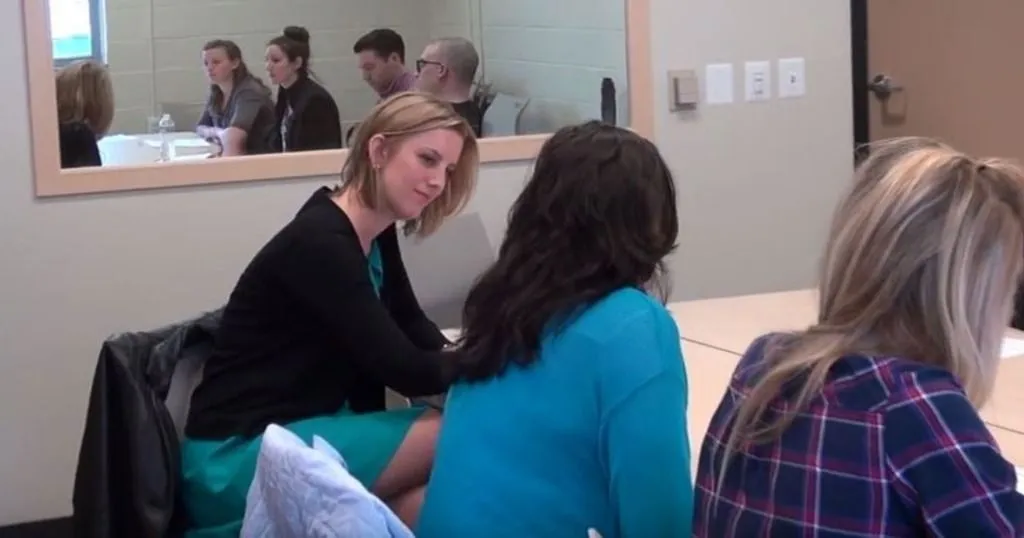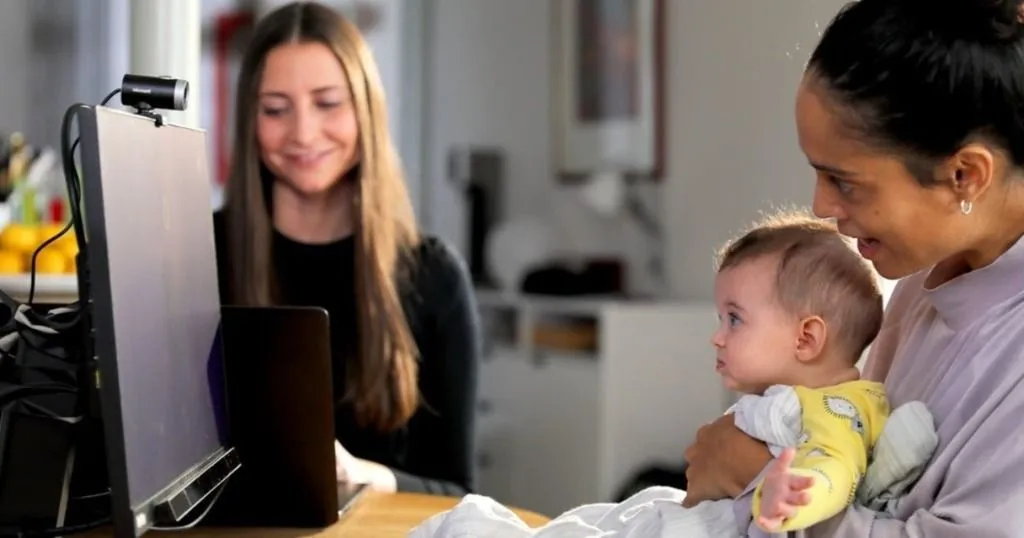How to develop your training and education facility
The use of video in education can be very helpful to develop required technical skills, soft skills, and specialized knowledge.
Posted by
Published on
Tue 30 Jan. 2024
Topics
| Labs | Psychology | Video Feedback | Video Observation | Video Recording | Viso | Education |

Many professionals, such as counselors, teachers, medical staff, and others, need to have developed the necessary practical skills prior to starting the actual job. Training and education facilities are crucial for this kind of individual development. Getting trained and educated helps individuals acquire and enhance skills relevant to their chosen fields. This can include technical skills, soft skills, and specialized knowledge.
Training and education also contribute to personal growth. It fosters critical thinking, creativity, and problem-solving abilities.
FREE WHITE PAPER: Video feedback in skills education
10 Reasons why video feedback is essential in skills education.
- Benefits for students
- Advantages for teachers and trainers
- Practical examples
Many professions require ongoing education to stay current with industry trends, technologies, and best practices. Training facilities offer courses and programs to support professionals in their career development.
But all these learning processes only happen when trainees receive feedback on their performance on a regular basis. This feedback is logically preceded by observation. When observation is part of professional development (including frequent and targeted feedback), this is a powerful way to build self-confidence, get motivated, and cultivate a mindset in which people learn and grow.
Also read: Why use video feedback in education? to discover the benefits for students and trainers.
Why you should integrate video feedback
Remember the days when feedback was just a few lines scribbled on paper? Boring, right? Well, video feedback is here to shatter that monotony and take feedback to the next level. By using video, teachers can now provide more engaging, personalized, and comprehensive feedback to students. Thus, if you're planning to develop a training or education facility, a tool that provides video feedback should be on your list.
Put theory into practice in a safe and controlled environment
The use of video in education can be very helpful to develop required skills. AIXTRA's competence center for trainining and patient safety created a modern simulated learning environment that allows trainees to put theory into practice in a safe and controlled environment. The Viso software suite allows trainers and educators to focus on what really matters: providing students with immediate feedback on their skills and practices.
Within the competence center, trainees work through a wide range of scenarios in different healthcare settings, including the home environment. From developing therapeutic communication skills to caring for critically ill patients, these scenarios will help prepare trainees for future placement and work opportunities.
How to develop a training and education facility: questions you should ask
When designing this type of center, it is best to describe the training or educational program in great detail. With greater levels of detail, it becomes clear what kind of equipment you will need, as well as which physical environment would best suit your observations, simulation, or training.
Questions to help you
- How many trainees do you want to train at the same time?
- Do you need video recordings of all trainees?
- Do participants need to walk around during the training?
- How is security of video material guaranteed? For example, it's not safe to store videos on an external hard drive, as there is a possibility of theft. Storing the videos on a server is more secure. Overall, protecting the sensitive video material is of the highest importance.
- How many rooms are available? You can use a single room training facility, but it is more common to equip multiple rooms with video and audio recording tools to allow more students to train at once. Alternatively, students may rotate the training, where one group of students observes the other through a one-way mirror, and switches once the first group’s training has ended.
Answering these questions is just a first step in setting up an educational training facility, but it is a necessary one. Video and audio data can be of great use in training, but can also be used in further research. For example, comparing multiple training sessions may provide additional insights into training and instruction methods.
BUYER'S GUIDE: Choose the perfect audiovisual lab
Learn exactly what you need to consider for your AV lab.
- Best options for your AV lab
- Practical considerations & tips
- Get the most out of your setup
Example of an education facility with tools to analyze interactions
At the Institute of Educational Management of the University of Mons in Belgium, the interaction between a trainee teacher and students is studied to improve teacher practices. Marie Bocquillon uses two labs. An observation lab, where trainee teachers are recorded while giving a lesson to their peer students, and an interaction lab, where the video feedback sessions take place.
These feedback sessions are conducted based on the video of the trainee’s teaching practice performance, that has been annotated by the supervisor. During debriefing, the supervisor and the trainee teacher watch and discuss how the trainee teacher acted during the lesson.
Example of a training facility in a counseling psychology program
Delaware Valley University has created a state-of-the-art training facility for their Master of Arts in Counseling Psychology program. In this program, students specialize in either child and adolescent counseling, or social justice community counseling. Throughout their training, graduate students are continually engaged in counseling, outreach, and advocacy.
The university transformed an obsolete laboratory facility into a comprehensive training space with multiple rooms, fully equipped for students undergoing training to become professional counselors. The lab serves as a dynamic environment for highly interactive, skill-based courses, enabling students to engage in role-playing, practical exercises, and hands-on learning experiences. Each practice session is observed, recorded, and reviewed to offer genuine feedback and foster opportunities for growth.
Check out what they say about the process of designing and building a state-of-the-art training and education facility.
Related Posts

The importance of a multi-method approach in infant behavior research

How to study human behavior
